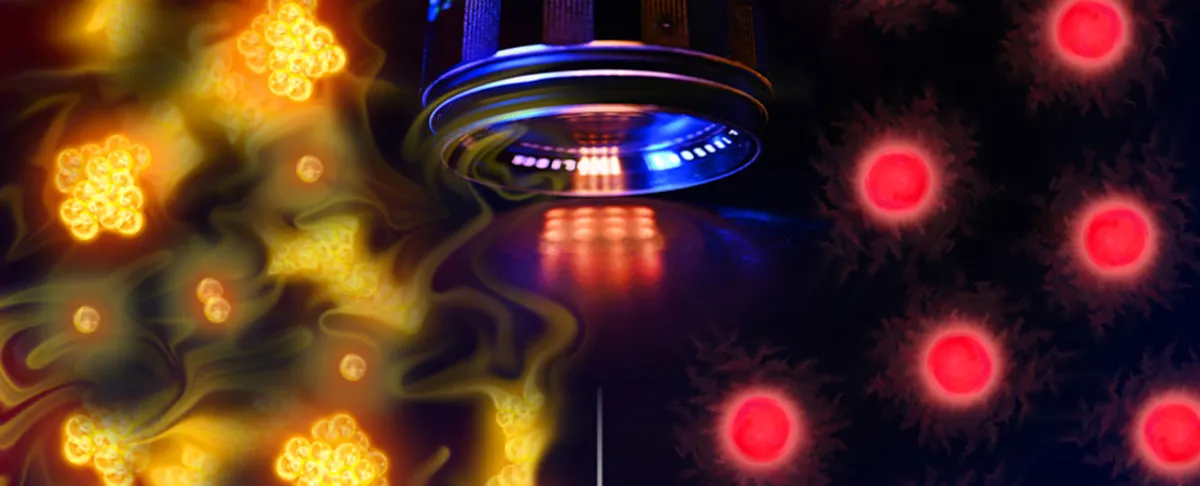
Free-range atoms, roaming unrestricted, have been captured on camera for the first time, marking a significant breakthrough in the field of quantum physics. This achievement enables physicists to closely examine long-predicted quantum phenomena, akin to spotting a rare bird in your backyard after hearing about its presence for so long. Instead of birdwatching, however, we're delving into the intricate world of atomic behavior.
The pioneering researchers from the United States have developed a sophisticated atom-resolved microscopy camera system. This system first creates a contained cloud of atoms, allowing them to roam freely. Subsequently, a laser is employed to freeze the atoms in place for recording. “We can visualize individual atoms within these fascinating clouds and observe their interactions. It’s a beautiful sight,” explains physicist Martin Zwierlein from the Massachusetts Institute of Technology (MIT).
The ability to capture these free-range atoms during interactions opens up exciting new avenues for studying matter at the smallest scales within the quantum realm. The researchers have already begun investigating several rare atomic patterns, one of which includes a state known as Bose-Einstein condensation. This state is characterized by bosons and fermions pairing up, enhancing our understanding of atomic behavior and the changes they undergo.
Another remarkable accomplishment of the team was directly capturing an image of a 'de Broglie wave', a phenomenon named after French physicist Louis de Broglie. In this scenario, bosons cluster together, and this theory significantly contributed to the foundation of modern physics. While these atomic scenarios have been previously studied, the new imaging technique allows for detailed analysis, providing scientists the opportunity to take measurements and make observations down to individual atoms.
Existing techniques primarily enable scientists to view the overall shape and structure of an atomic cloud, but not the individual atoms themselves. Zwierlein likens this limitation to spotting a cloud in the sky without being able to see the individual water molecules that comprise it. Monitoring and tracking atoms is exceptionally challenging due to their minuscule size—just a tenth of a nanometer, which is approximately a millionth of the width of a human hair. This extreme smallness necessitates the use of complex imaging setups.
With the new methodology successfully demonstrated, the researchers aim to explore other types of atomic interactions and behaviors. Among the topics of interest are the rarest and least studied scenarios, including quantum Hall physics, where electrons exhibit unusual interactions with magnetic fields. “Photographs like these capture objects that were once only imagined in mathematical theories,” notes MIT physicist Richard Fletcher. “This serves as a compelling reminder that physics is fundamentally about physical realities.”
The ability to visualize free-range atoms represents a monumental step forward in quantum physics. This innovative research not only enhances our understanding of atomic interactions but also opens the door to future discoveries in the quantum realm. As scientists continue to unravel the mysteries of atomic behavior, we can anticipate groundbreaking advancements in the field.